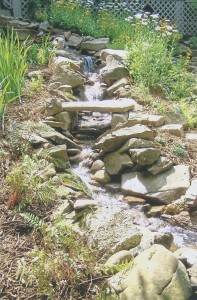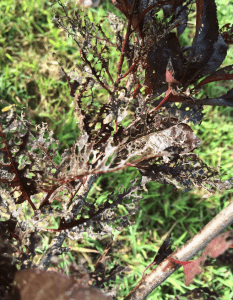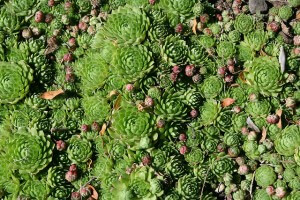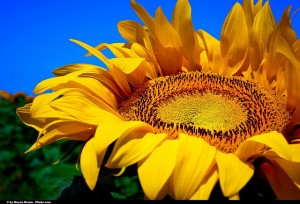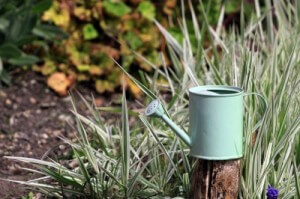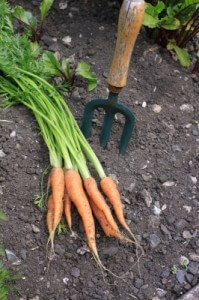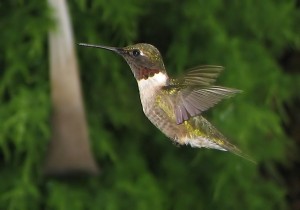At Whispering Springs Nursery, we’re here to help with all of your needs for the hottest gardening trends. This year has been all about sustainability and repurposing. Look around your home to see which areas could use a little more life or just an added touch. Growing your own herbs and plants is one of the best ways to invest in your garden and your lifestyle. Here is a round up of some of the favorites from 2014:
Vertical Integration: Yes, your plants do grow up-and-out of the ground, however, suspend them from something unconventional like a trellis or even an easel. Get creative and repurpose!
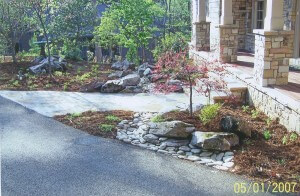 Indoor Gardens: For the city-dweller or someone that is very busy. Indoor options are not only chic but a great way to bring the outdoors in. Repurposing different containers for your herbs is a wonderful, and fragrant, way to be bring a natural essence into your space.
Indoor Gardens: For the city-dweller or someone that is very busy. Indoor options are not only chic but a great way to bring the outdoors in. Repurposing different containers for your herbs is a wonderful, and fragrant, way to be bring a natural essence into your space.
Succulents: Yes, succulents are a lovely statement to any garden and are also very low maintenance! Place them in your favorite mason jar, or repurposed vase for an eclectic touch to any room.
Container Planting: Instead of a large garden, try putting some of your favorite plants into different containers around your deck or patio. The varied containers will give an added touch to your garden.
We have everything you need to be up-to-date with all of the hottest gardening trends. As 2014 comes to an end, we think these are trends that could be here to stay. Need some advice or want a quote on some custom garden landscaping? Please contact us for more information.



